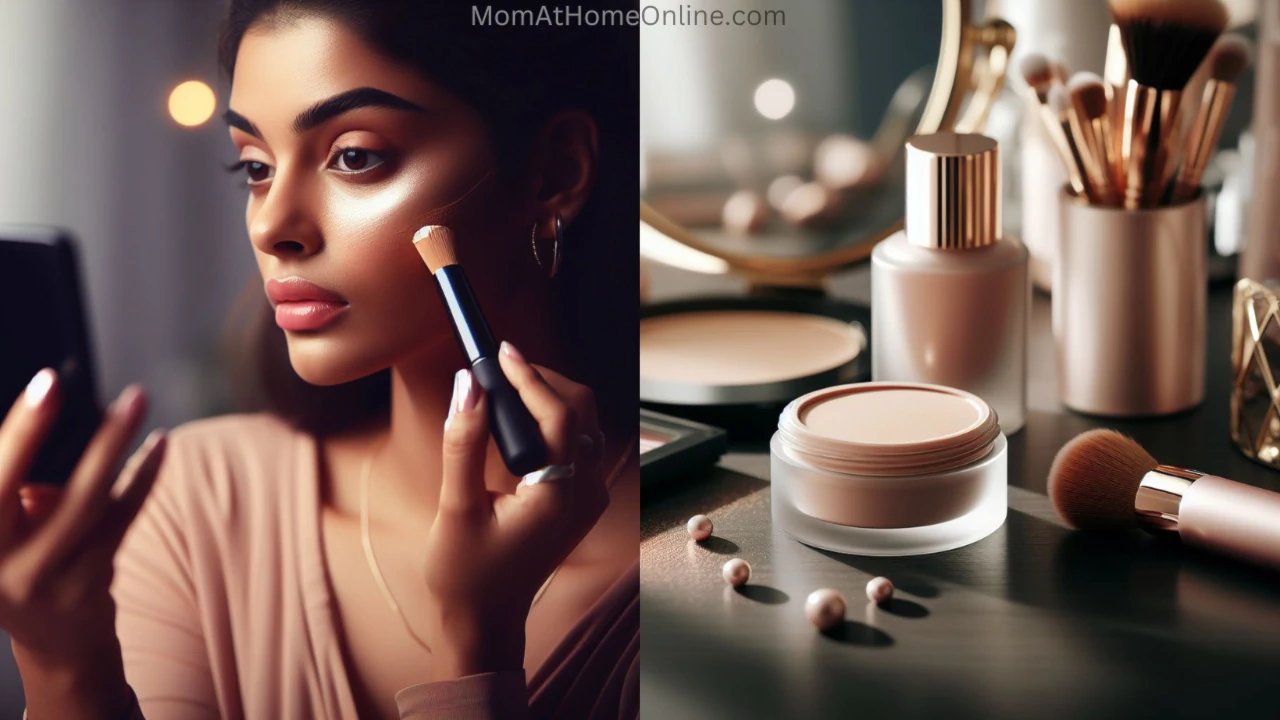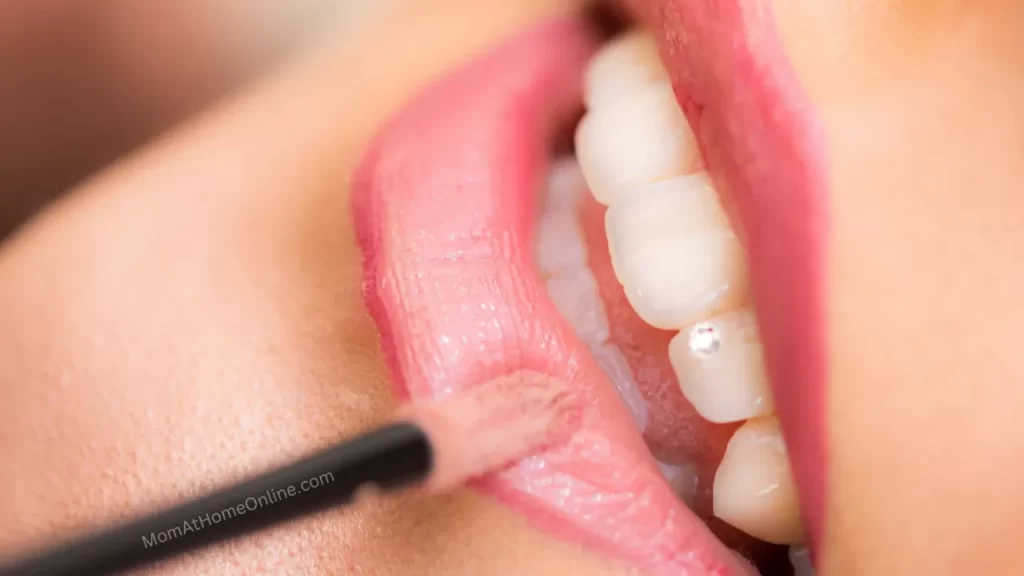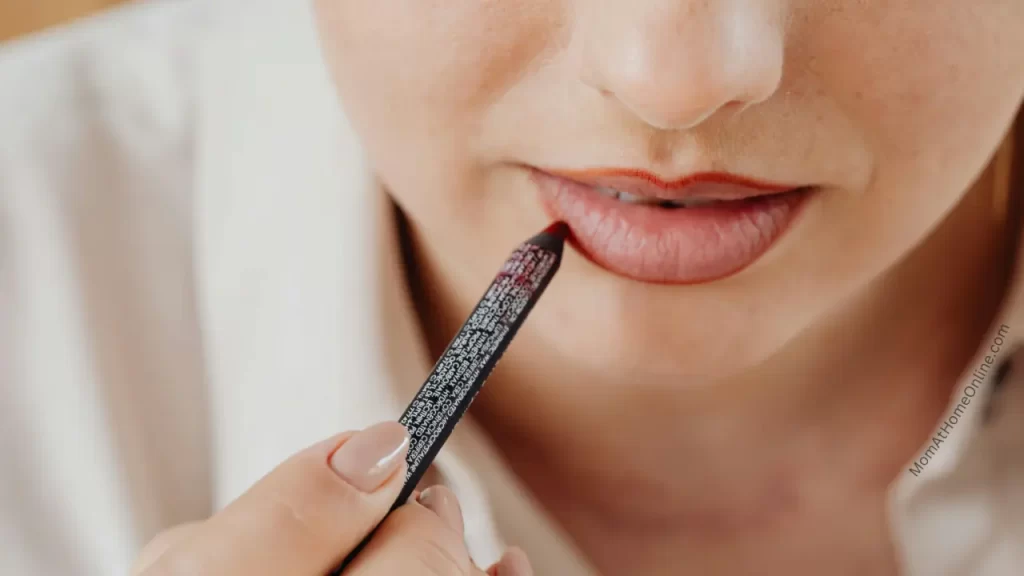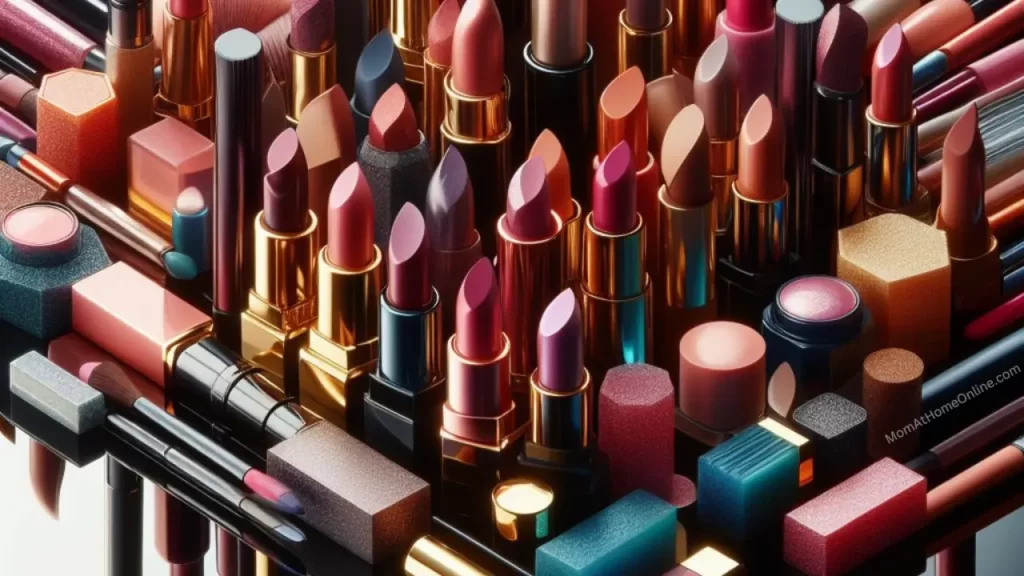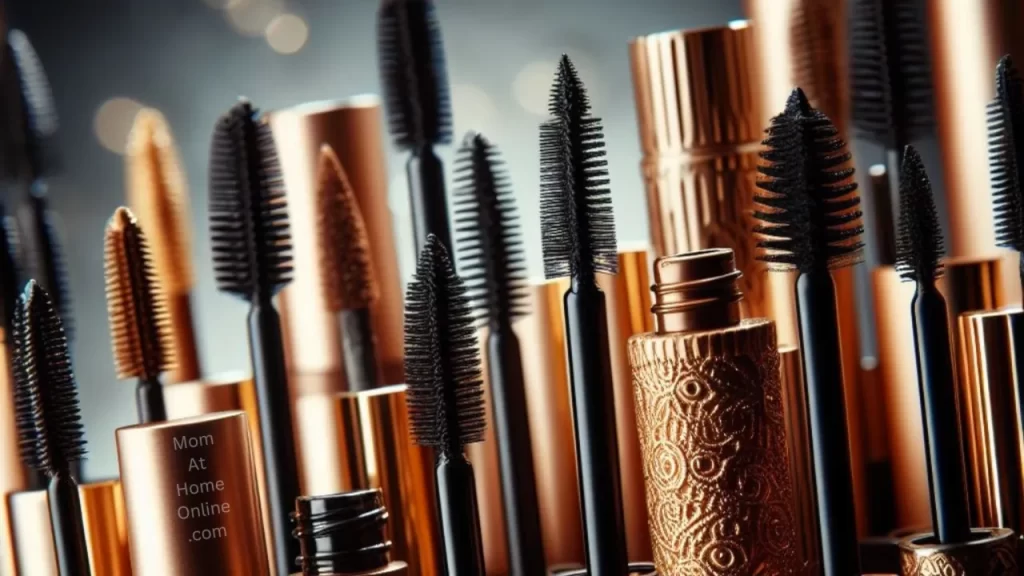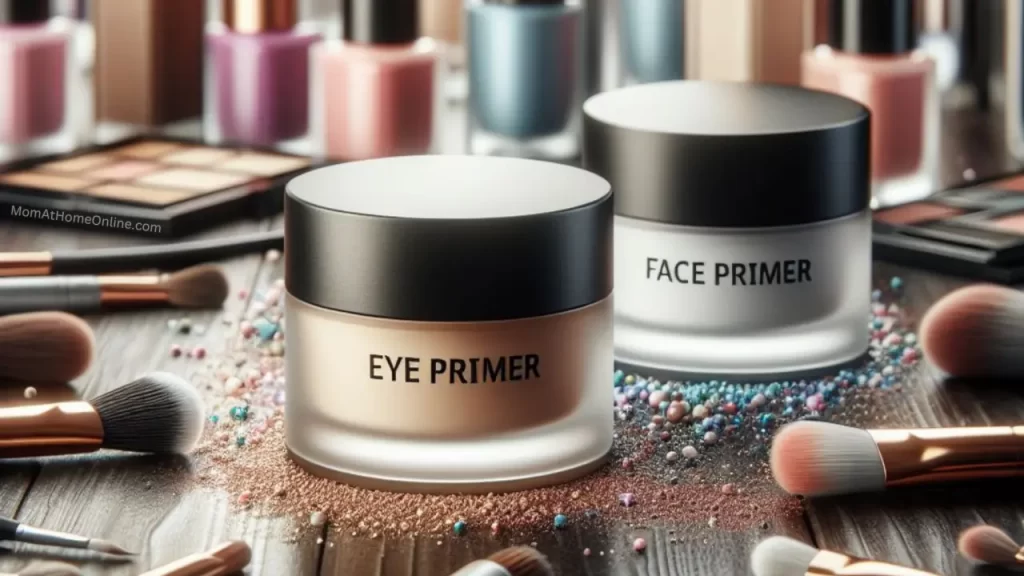- Introduction
- What is a Makeup Primer?
- Can You Wear Primer Without Makeup?
- Primer for Different Parts of the Face
- Types of Makeup Primer Based on Purposes
- Types of Makeup Primer Based on Ingredients
- Primer for Different Skin Types
- How to Choose the Right Primer for Your Skin
- Steps for Applying Primer
- Conclusion
- Best Sellers from Amazon India
- Frequently Asked Questions (FAQs)
- Question for you
- Author
Introduction
If you’re a makeup lover, you probably know the importance of primer. Still, you may have many doubts related to Primer like ‘What is a makeup primer’, ‘How to find the best primer for you’, ‘Can you wear primer without makeup’, ‘Primer skin benefits’, ‘Steps for applying primer’, etc. All the queries will be addressed here along with a complete makeup primer guide.
Primer is a product that prepares your skin for makeup application, creating a smooth and even base. Primer is one of the essential items of your makeup kit. But did you know that primer can also be worn without makeup? In this article, we’ll explore the benefits of wearing primer alone, as well as the different types of primers for different purposes, parts of the face, and skin types. We’ll also show you how to choose the right primer for your skin and how to apply it correctly. By the end of this article, you’ll be a primer expert who can rock a flawless complexion with or without makeup.
🔗 Affiliate Disclaimer: This article may contain affiliate links. If you purchase through these links, we may earn a small commission at no extra cost to you.
🛒 Shop worry-free. All the shopping links are 100% Safe and Secured, from top e-commerce sites.
Shopping Instruction
- Use the merchant website in the browser, instead of a mobile app, when shopping from the provided links.
- Click any link when ready to shop, add items to your cart, and complete the purchase within 24 hours.
- Your support will be highly appreciated and it will help us to run our website with more quality content.
What is a Makeup Primer?
Primer is a cosmetic product that is applied before makeup to improve its performance and longevity. Primer creates a barrier between your skin and your makeup, preventing it from clogging your pores, sliding off, or fading throughout the day. Makeup Primer also helps to smooth out your skin texture, fill in pores and fine lines, and correct any discoloration or unevenness. Primer can also enhance the color and finish of your makeup, making it more vibrant and radiant.
Can You Wear Primer Without Makeup?
The answer is yes, you can wear primer without makeup. There are many benefits to wearing primer alone. Primer can help to hydrate, mattify, blur, illuminate, or color-correct your skin, depending on the type of primer you choose. Makeup Primer can also protect your skin from environmental factors, such as pollution, sun damage, or dryness. Primer can also give your skin a natural glow, making it look healthy and refreshed. Wearing primer without makeup can be a great option for those who want to simplify their beauty routine, or who prefer a more natural look.
Primer for Different Parts of the Face
Primer is not only for your face. You can also use primer for different parts of your face, such as your eyes, lips, or lashes. Here are some examples of primers for different parts of the face:
1 – Foundation Primer
This is the most common type of primer that is applied all over the face before foundation. Foundation primer helps to create a smooth canvas for your foundation, making it easier to blend and last longer. Foundation primer can also help to control oiliness, hydrate dryness, or add luminosity to your skin. Also, it helps to prevent a cakey makeup look, a commonly faced issue.
2 – Eyelid Primer
This type of primer is applied to your eyelids before eyeshadowing. Eyelid primer helps to prevent your eyeshadow from creasing, fading, or smudging throughout the day. Eyelid primer can also help to intensify the color and finish of your eyeshadow, making it more pigmented and shimmery.
3 – Under-eye Primer
This type of primer is applied under your eyes before concealer. Under-eye primer helps to smooth out the delicate skin under your eyes, reducing the appearance of dark circles, puffiness, or fine lines. Under-eye primer can also help to brighten and hydrate your under-eye area, making it look more awake and refreshed.
4 – Lip primer
This type of primer is applied to your lips before lipstick. Lip primer helps to moisturize and plump up your lips, making them more smooth and soft. Also, Lip primer can help to prevent your lipstick from feathering, bleeding, or fading throughout the day. Lip primer can also help to enhance the color and finish of your lipstick, making it more vibrant and glossy.
5 – Mascara Primer
This type of primer is applied to your lashes before mascara. Mascara primer helps to condition and strengthen your lashes, making them more healthy and resilient. Mascara primer can also help to lengthen and volumize your lashes, making them more defined and dramatic.
Types of Makeup Primer Based on Purposes
As I mentioned earlier, there are different types of primers for different purposes. Depending on what you want to achieve with your primer, you can choose from these types of primers:
1 – Mattifying Primers
These are primers that help to reduce excess oil and shine on your skin, making it more matte and smooth. Mattifying primers are ideal for those who have oily or combination skin types, or who live in humid climates.
2 – Hydrating Primers
These are primers that help moisturize and nourish your skin, making it more plump and supple. Hydrating primers are ideal for those who have dry or dehydrated skin types, or who live in dry climates.
3 – Blurring Primers
These are primers that help to blur out any imperfections on your skin, such as pores, fine lines, or blemishes. Blurring primers are ideal for those who want to achieve a flawless and airbrushed look.
4 – Color-correcting Primers
These are primers that help to balance out any discoloration or unevenness on your skin, such as redness, dullness, or sallowness. Color-correcting primers are ideal for those who have uneven skin tones, or who want to enhance their complexion.
5 – Illuminating Primers
These are primers that help to add a subtle glow and radiance to your skin, making it more luminous and healthy. Illuminating primers are ideal for those who want to achieve a dewy and fresh look, or who have dull or tired skin.
Types of Makeup Primer Based on Ingredients
Another way to categorize primers is based on their ingredients. Depending on the type of material, primers can have different textures, finishes, and effects on your skin. Here are some examples of primers based on materials:
1 – Silicone-based Primers
These are primers that contain silicone, a synthetic polymer that forms a smooth and waterproof layer on your skin. Silicone-based primers are great for filling in pores and fine lines, creating a soft and velvety finish. Silicone-based primers are also long-lasting and resistant to sweat and humidity. However, some people may be allergic or sensitive to silicone, so it’s important to patch test before using.
2 – Gel-based Primers
These are primers that have a gel-like consistency, which is lightweight and refreshing on your skin. Gel-based primers are great for hydrating and cooling your skin, creating a smooth and moist finish. Gel-based primers are also easy to blend and absorb quickly into your skin. However, some gel-based primers may not be very long-lasting or effective for oily skin types.
3 – Cream-based Primers
These are primers that have a creamy texture, which is rich and nourishing on your skin. Cream-based primers are great for moisturizing and soothing your skin, creating a smooth and soft finish. Cream-based primers are also good for dry or mature skin types, as they can provide extra hydration and anti-aging benefits. However, some cream-based primers may be too heavy or greasy for some skin types or may cause breakouts.
Primer for Different Skin Types
As you can see, there are many types of primers to choose from. But how do you know which one is best for your skin type? Here are some general guidelines to help you choose the right primer for your skin:
1- Dry Skin
If you have dry skin, you should look for a primer that can hydrate and nourish your skin,
making it more plump and supple. You should avoid primers that can dry out or flake off your skin, such as mattifying or powder-based primers. You should opt for hydrating, cream-based, or illuminating primers instead.
2 – Oily Skin
If you have oily skin, you should look for a primer that can control excess oil and shine on your skin, making it more matte and smooth. You should avoid primers that can clog your pores or make your skin greasier, such as oil-based or cream-based primers. You should opt for mattifying, silicone-based, or blurring primers instead.
3 – Combination Skin
If you have combination skin, you should look for a primer that can balance out the different
needs of your skin, making it more even and uniform. You should avoid primers that can accentuate the dryness or oiliness of your skin, such as powder-based or oil-based primers. You should opt for gel-based, color-correcting, or multi-purpose primers instead.
4 – Sensitive Skin
If you have sensitive skin, you should look for a primer that can calm and protect your skin,
making it more comfortable and healthy. You should avoid primers that can irritate or inflame your skin, such as alcohol-based, fragrance-based, or chemical-based primers. You should opt for natural, organic, or hypoallergenic primers instead.
5 – Normal Skin
If you have normal skin, you’re lucky because you can use any type of primer that suits your preference and purpose. You can experiment with different types of primers to achieve different effects on your skin, such as matte, dewy, flawless, or radiant.
How to Choose the Right Primer for Your Skin
Now that you know the different types of primers and how they work for different skin types, how do you choose the right primer for your skin? Here are some tips to help you find the perfect primer for you:
1 – Know Your Skin Type
The first step is to know your own skin type and its needs. Do you have dry, oily, combination, sensitive, or normal skin? Do you have any specific concerns or goals with your skin? Knowing your skin type will help you narrow down the options and find the most suitable primer for you.
2 – Know your purpose
The second step is to know what you want to achieve with your primer. Do you want to create a matte finish, hydrate your skin, blur imperfections, color-correct, or illuminate? Determining your purpose will guide you toward the right type of primer.
3 – Consider the occasion
Think about when and where you’ll be wearing the primer. For everyday use, you might prefer a lightweight, hydrating primer, while for a special event or photoshoot, a blurring or illuminating primer could be your go-to choice.
4 – Patch test
It’s essential, especially if you have sensitive skin, to do a patch test before using a new primer. Apply a small amount on a discreet skin area to check for any adverse reactions or allergies.
5 – Read Product Reviews
Research and read reviews from people with similar skin types and concerns. Hearing about their experiences can provide valuable insights into how a primer performs in real-life situations.
6 – Consult a Makeup Professional
If you’re unsure about which primer to choose, seek advice from a makeup artist or skincare expert. They can recommend products tailored to your specific needs and concerns.
Steps for Applying Primer
Applying primer is a crucial step, whether you’re preparing for a full-face makeup look or going au naturel. Here’s the right way to apply primer for a flawless finish:
1 – Start with Clean Skin
Clean your face first to remove dust, oil, or any makeup residue. Use a clean dry towel and pat your skin dry.
2 – Apply Moisturizer
If you have dry skin, apply a moisturizer before the primer to ensure your skin is well-hydrated.
3 – Choose the Right Primer
Select the primer that aligns with your skin type and your desired effect, as discussed earlier.
4 – Use a Small Amount
A little goes a long way with primer. Start with a small amount and gradually build up if needed.
5 – Distribute Evenly
Use your fingers, a makeup brush, or a beauty sponge to evenly spread the primer over your face, focusing on areas where you need it most. Pay extra attention to your T-zone, cheeks, and any imperfections.
6 – Allow it to Set
Give the primer a minute or two to set on your skin. This allows it to create a smooth base.
7 – Continue with Makeup (optional)
If you’re wearing makeup, proceed with your foundation, eyeshadow, or lipstick application. The primer will ensure that your makeup adheres better and lasts longer. If you’re not applying makeup, revel in the healthy, radiant glow that your skin has now acquired.
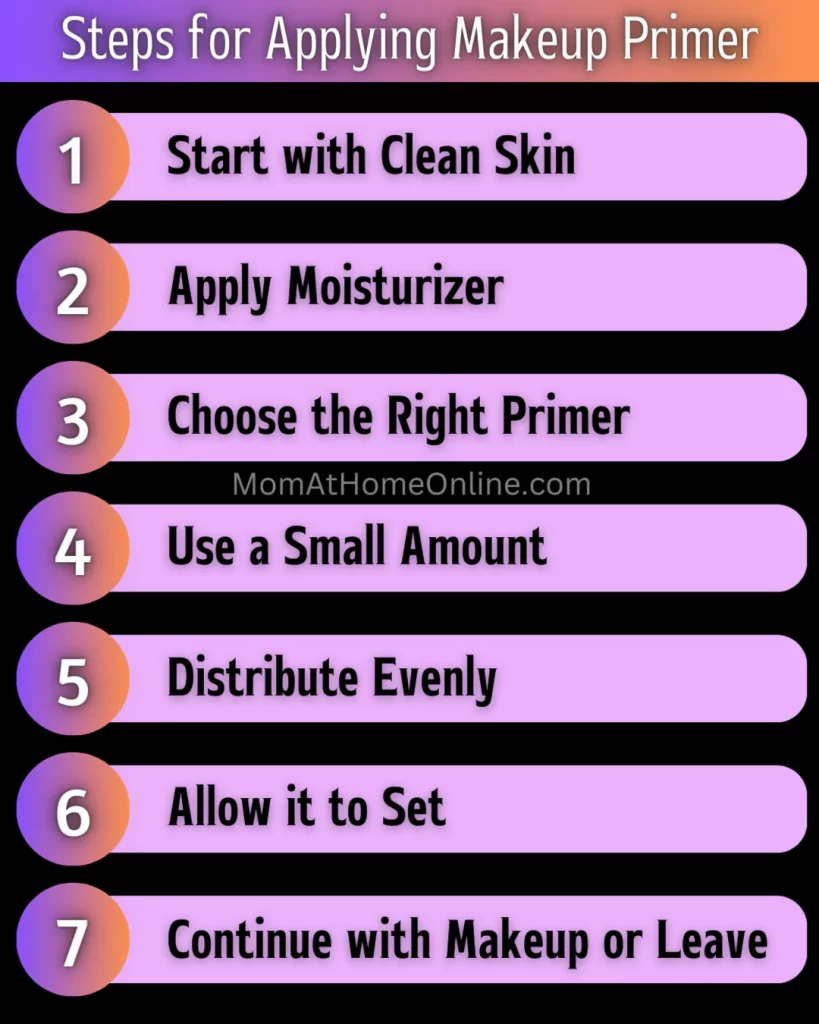
Conclusion
To sum it up, Makeup Primer is more than just a backstage worker in the world of makeup. It’s a versatile product that can be worn solo, offering numerous benefits for your skin. From creating a flawless base to protecting your skin from external elements, primer can be your everyday beauty ally.
So, the next time you ponder, “Can you wear primer without makeup?” Remember that the answer is a resounding “Yes!” Primer can enhance your natural beauty and simplify your routine, giving you the confidence to go makeup-free or ready to conquer the world of cosmetics. Whether you’re a makeup enthusiast or someone who prefers the no-makeup look, primer has a place in your daily routine.
Best Sellers from Amazon India
Now loading...
Frequently Asked Questions (FAQs)
Can I use a makeup primer as a standalone product for a natural look?
While you can use a makeup primer without any additional makeup, you may also explore tinted primers designed to provide a sheer layer of coverage for a more polished natural look.
Is it necessary to use a different primer for each type of makeup product (foundation, eyeshadow, lipstick, etc.)?
It’s not always necessary. However, using specialized primers tailored to the specific needs of each area (face, eyes, lips) can enhance the performance of your makeup and increase its longevity.
How long can I leave a makeup primer on my skin before applying makeup?
Most primers are designed to be left on the skin for a few minutes to allow them to set and create a smooth canvas. There’s no need to rush; simply wait for a minute or two before moving on to your makeup application.
Can I mix my foundation with a primer for a more lightweight and natural finish?
Yes, you can mix a small amount of primer with your foundation for a more sheer and natural finish. This technique can be especially useful if you prefer a lighter coverage or a dewy look.
Are there any side effects associated with using makeup primers, and are they safe for sensitive skin?
Makeup primers are generally safe for most skin types. However, if you have extremely sensitive skin, consider using a hypoallergenic or dermatologist-recommended primer to minimize the risk of any adverse reactions. Always perform a patch test if you have concerns about potential skin sensitivities.
Question for you
- Do you have a favorite primer type or brand for enhancing your natural look?
Please feel free to share your answer in the comment box below.
Thank you for reading this blog post. I hope you found it informative and useful. I would love to hear your thoughts and opinions on this topic. Please leave a comment below and share your feedback, suggestions, questions, or anything else you want to say. I appreciate your support and engagement.
Author
Co-founder of Mom At Home Online, MBA (HR, Marketing), Blogger, Content Creator, Ex-Representative of Avon Beauty Products, Ex-Private Tutor, Experienced Music Teacher with 2 Diplomas, Trained Yoga Enthusiast, Movie Lover, and Traveler. Read more about us…
Last Modified Date:
